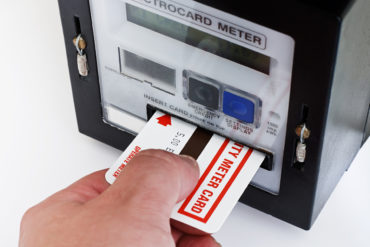The Renewable Heating Incentive (RHI) is a government scheme designed to encourage people to adopt renewable energy techniques in their homes.
How does it work?
Under the recently launched scheme, the government pays you a fixed amount for the energy you produce by using renewable sources, such as solar thermal panels, heat pumps or a biomass (wood burning) boiler.
The amount you receive from the Treasury is based on an estimate as to how much energy your system will generate.
The RHI is similar to the existing Feed-In tariff scheme, which pays homeowners a set rate for the renewable electricity they produce via the use of solar panels.
However, with Feed-In tariffs households also receive money from their electricity supplier for every unit of electricity they do not use that is put back into the National Grid.
Another major difference between the two schemes is that the money to fund the Renewable Heat Incentive is provided entirely by the government and is not paid for by other energy users or suppliers as with Feed-In tariffs.
Eligibility
The Renewable Heating Incentive is open to any household, business, landlord, school etc in England, Scotland and Wales that has a qualifying renewable heat system installed.
The types of heating systems that qualify for the scheme include:
- Solar thermal heating
- Biomass heat generation
- Different types of heat pumps, such as air or ground source pumps
- Wood pellet heating






